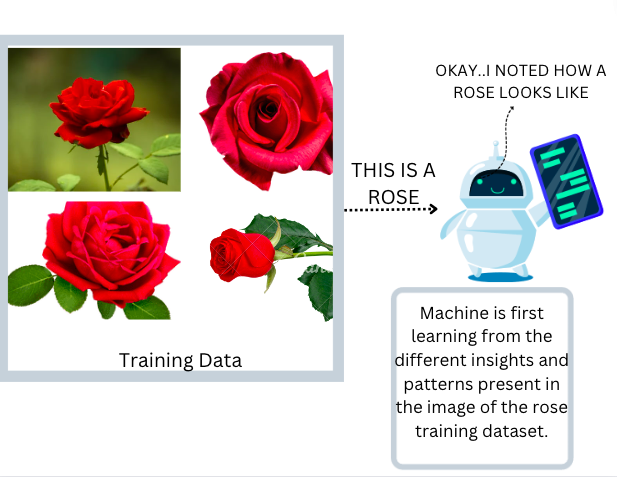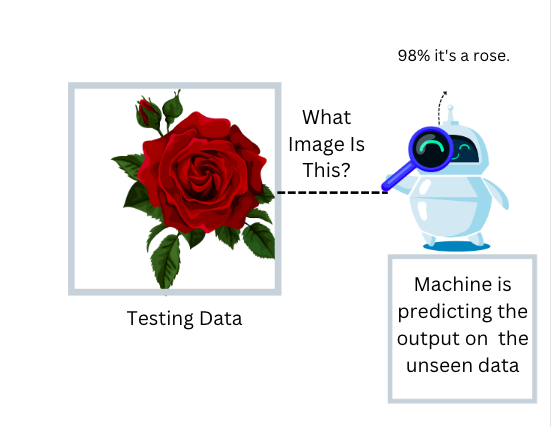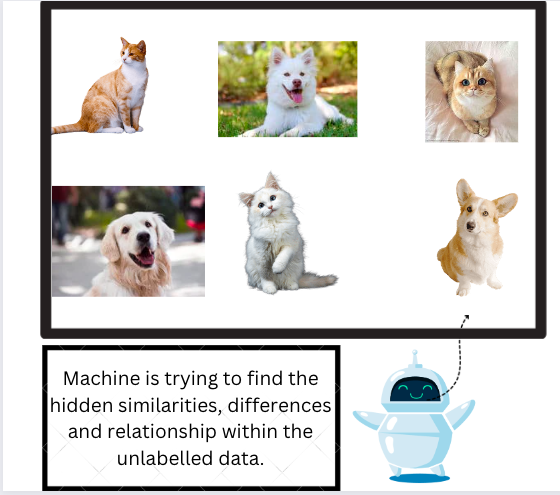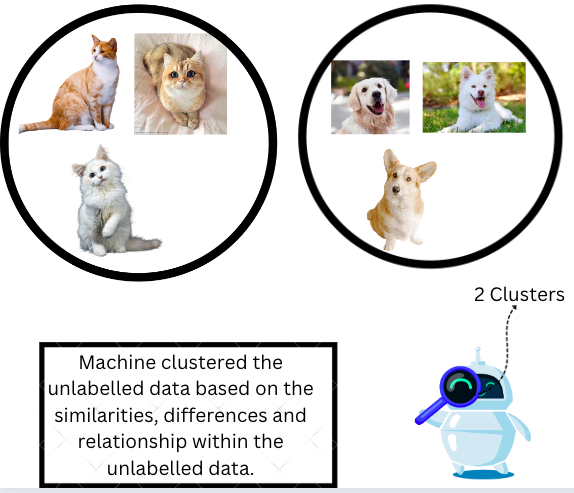Introduction
In the previous module, we discussed the difference between machine learning, artificial intelligence, and deep learning and their several use cases in our day-to-day life.
Machine learning uses different simple-to-complex algorithms to work for the data. These algorithms are first trained using train dataset, and a model is built which then provides you with the future predictions, outcomes, idea to perform a specific task."
Machine learning can be classified into four main categories based on the approach and methods(techniques) used for learning. In this article, we will have a general look at each of these different forms of machine learning.
Types of Machine Learning
1. Supervised Learning


One of the most popular forms of machine learning is supervised learning. In the name itself, it says ‘Supervised’ meaning supervision. In this method, the machine is first trained on the labelled dataset meaning the ones having a dedicated target/output variable for a given set of input/features. Later, the machine is asked to predict an output on the unseen data. Basically, the machine is learning by mapping a function from the different features(input) to the target variable (output) from the labelled dataset and thereafter predicting an output.
In the above example, the images of the rose are fed as an input to the machine with the label/output ‘rose’ in the training dataset. The machine is getting supervised as it’s learning from the labelled training data since it already knows the output(rose) for the given input data (images of rose).
Some applications of supervised learning are: -
- Finger Print Analysis.
- Spam Detection.
- Fraud Detection.
- Stock Price Prediction.
2. UnSupervised Learning


In unsupervised learning, there is no need for supervision. The machine gets trained on the un-labelled dataset which are not having any output or labels. Unsupervised learning algorithm aims to find the hidden similarities, patterns and relationships within the data. Unsupervised learning algorithms perform complex tasks such as clustering, anomaly detection, dimensionality reduction, and association rule mining.
Some applications of unsupervised learning are: -
- Customer segmentation.
- Recommendation Systems.
- Voice-based assistant.
3. Reinforcement Learning

In reinforcement learning, an agent learns to make decisions in an environment by receiving rewards or penalties based on his actions. By exploring different actions in the environment, the agent improves its policy and becomes better at achieving its goal. The goal here is to maximize the rewards for its action policy.
Some applications of reinforcement learning are: -
- Robotics.
- Self-driving cars.
- Video game playing.
Conclusion
Machine learning can be used to solve many problems in the real world:
- Classification algorithm: -ex-whether a person is a diabetic or non-diabetic, is mail spam or not spam?
- Regression algorithm: -ex-what will be the market value of the house?
- Clustering algorithm: -ex: -which type of customer will buy this product?
- Anomaly detection algorithms: -whether the transaction is fraudulent?
Each type of machine learning has its own pros and cons and is suitable for different types of problems and applications. By understanding the differences between these types of machine learning, we will be able to select the best approach for a given problem, which will lead us to effective and efficient machine learning systems.
